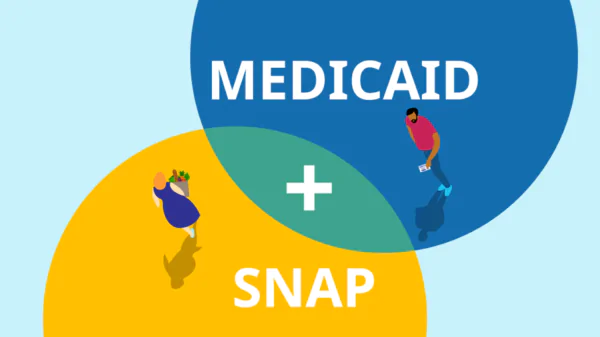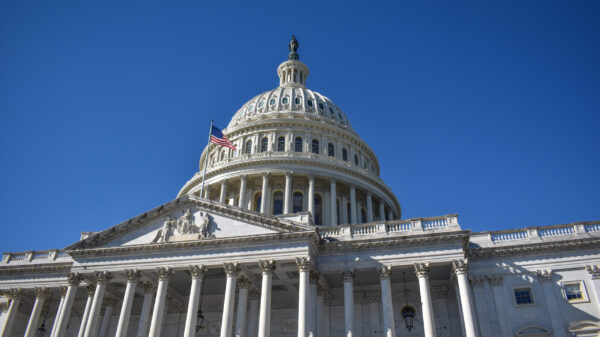Taxes are likely going up in the town of Pike Road. A tax increase passed by the state legislature and signed last week by Gov. Kay Ivey will more than double the ad valorem tax rate in the Montgomery County town, jumping it from 16 mills to 35 mills.
If this is news to you — even those of you who follow the legislature closely or live in or around Pike Road — that’s not surprising. Because there was very little talk of this massive increase in taxes.
There was no controversy. No lawmakers threatened to block the vote unless detailed plans on how the money would be spent were provided by the Pike Road school system. There were no late-night deals and angry social media posts.
Nope. It just sailed through.
Which must leave the folks in Montgomery County scratching their heads.
Because just a year earlier, Montgomery County Schools — one of the lowest funded school systems in Alabama — asked for a smaller increase. An increase of just 12 mills, moving its tax rate from 10 mills to 22. It was Montgomery’s first property tax increase in 26 years.
It was not a smooth ride.
One local lawmaker, Rep. Reed Ingram, a Pike Road resident, tried to block the entire thing, and he almost succeeded. He and fellow Reps. Charlotte Meadows and Chris Sells did succeed in inserting a whole laundry list of requirements that the MPS board and local leaders had to complete before they could receive the tax money.
Both Ingram and Meadows spent quite a bit of time on social media and in regular media interviews explaining their stringent requirements for allowing those suspect people of Montgomery to get their grubby hands on these new tax dollars.
“I have done my best to make certain that the language of the bill will serve to improve education in Montgomery and put accountability in place for the board to follow,” Meadows wrote in a lengthy Facebook post about the Montgomery County increase.
But on the Pike Road increase — a much larger increase in a district that already was imposing a larger property tax rate — there was nary a peep from Meadows or Ingram. Or from much of anyone for that matter.
There were a handful of run-of-the-mill media stories about the increase, and how it was needed to fund the construction of a new high school.
But curiously missing were the breathless exclamations from super-concerned lawmakers over Pike Road’s management of this money. Of why a town that approved a large tax increase just a few years ago needed another. Of whether the school system — which hasn’t exactly set the education world ablaze — would be required to use this money properly.
I wonder why … ?
Now, sure, I could jump to the conclusion here that the way this was handled is indicative of the inequality in Alabama’s school funding — a system controlled by Montgomery politicians and shaped to punish the impoverished while rewarding those who need the least — and assume that this all boils down to race.
But I don’t want to do that.
Even though I know that Pike Road’s decision to split from Montgomery County and form its own school system in 2015 made it one of just four breakaway systems in the state to be both more white and wealthier than the district it left behind. Even though I know that the residents of Pike Road, who immediately approved a 16-mill tax rate for that new school system in 2014, had voted repeatedly to block any increase in Montgomery’s tax rates.
I also know, like everyone in Montgomery and Pike Road, that the Montgomery system has suffered from funding issues that are not present in most other districts. The city’s high rate of private schools — most of which were formed, suspiciously, in the 1950s and 60s — suck money and resources away. And its flawed magnet program, which was caught red-handed by the U.S. Department of Education a few years ago cooking the books to get more white kids enrolled — sucks even more money and involved parents away.
In addition to all of that, I also know that the Pike Road system hasn’t exactly been an educational utopia. In fact, in 2015, I wrote about the new school and its unique style of teaching. A large number of parents hated it, and complained that their children were routinely scoring worse on standardized tests. Several moved their kids back to the Montgomery County system. That superintendent quickly retired in 2017.
So, to recap, we have the Montgomery County system that has suffered for years from funding issues, making it one of the lowest funded systems in the state and a system with one of the highest rates of impoverished students. Its citizens and white leaders routinely blocked efforts to increase funding.
But suddenly, six years ago, those same people, after forming their own, breakaway system, had a change of heart. And they’ve voted TWICE in those six years to more than double the millage rates, while gleefully explaining that good schools require good funding.
Now, mind you, those schools weren’t necessarily better. Several Montgomery County schools, including some non-magnets, have achieved better scores.
But they were decidedly whiter.
And I’d like for someone to convince me that that fact doesn’t explain everything.













































